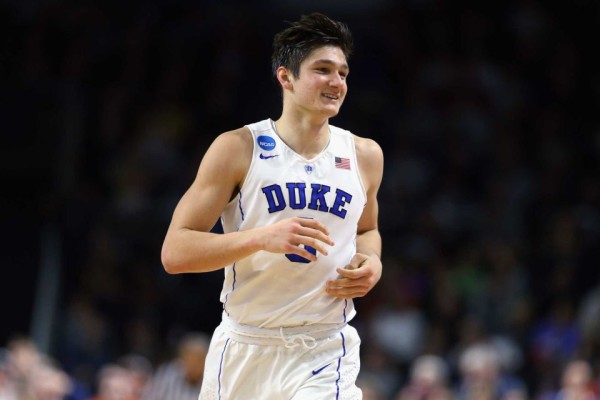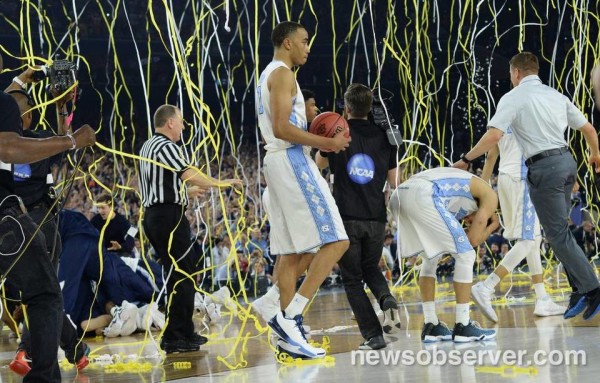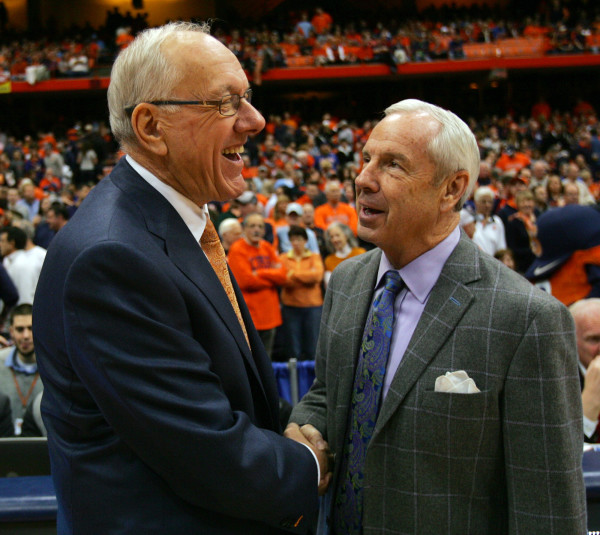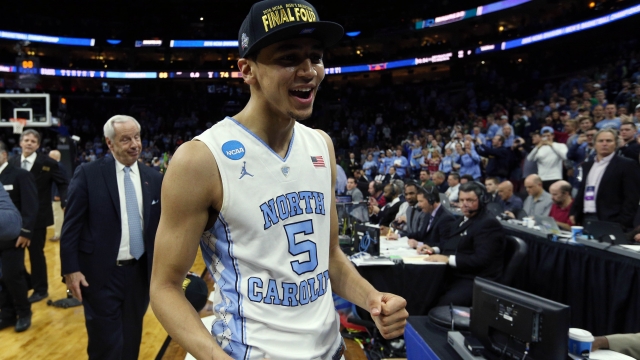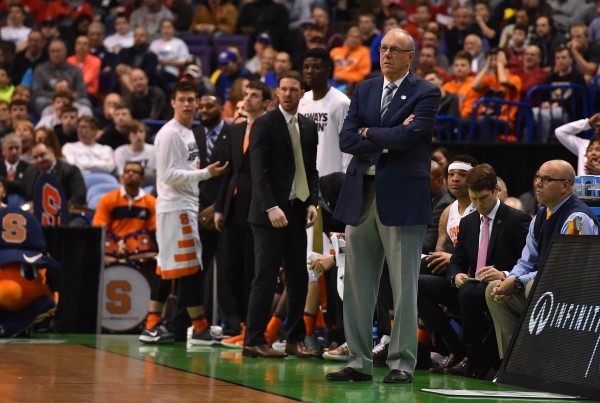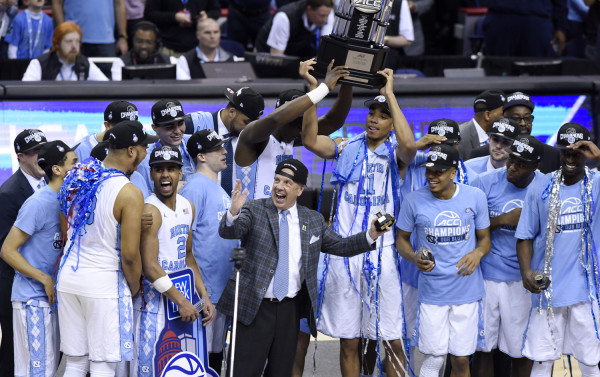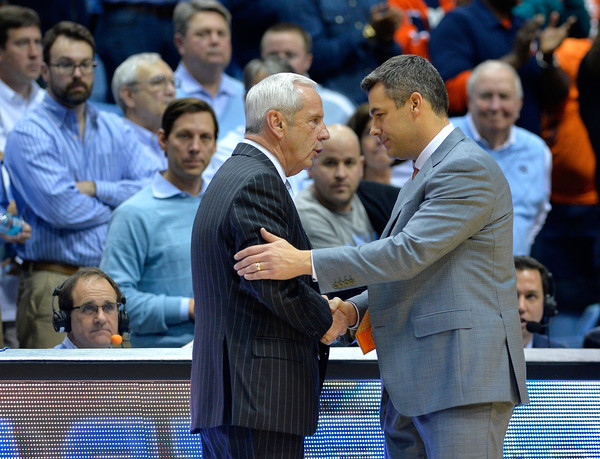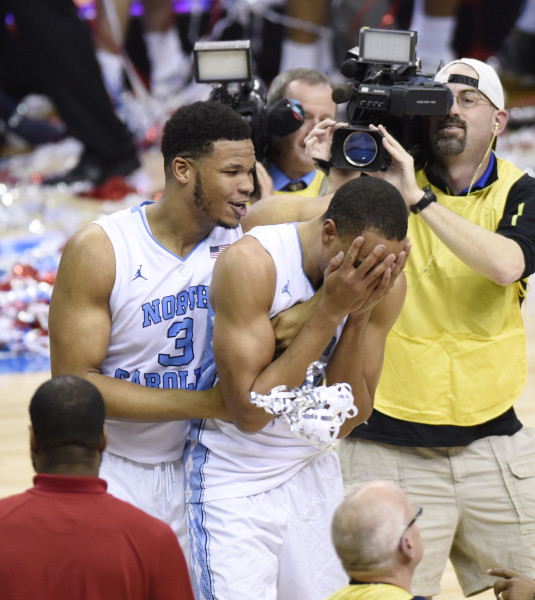Five ACC Storylines to Watch this Offseason
Posted by Matt Patton on April 11th, 2016With the long offseason ahead of us, let’s take a look at five key ACC storylines to keep an eye on over the summer.
- NCAA Sanctions: After investigations that surrounded both programs in different ways this season, there should finally be some closure for Louisville and North Carolina. Louisville is still trying to get in front of NCAA sanctions by self-imposing its own (in addition to this year’s postseason ban, the program also recently added recruiting penalties). This strategy has worked well for other schools, but predicting eventual NCAA punishments is an exercise in futility. North Carolina is the more interesting case — the Tar Heels may not receive any sanctions or they may get the book thrown at them. What remains unclear is whether there will be administrative fallout from either scandal. I would not be shocked if Rick Pitino ends up stepping down from his post — especially if the NCAA deems the Cardinals’ self-imposed penalties insufficient. But I would be shocked if Roy Williams did.
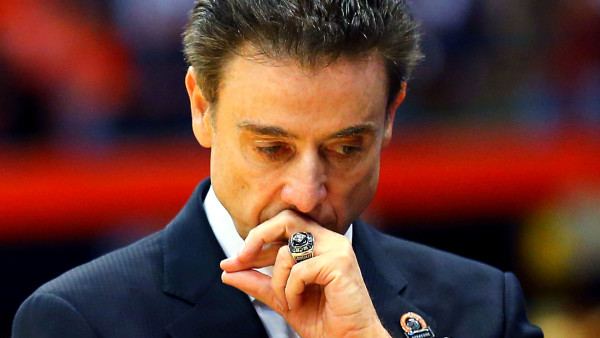
Rick Pitino may be in for a stressful offseason. (photo: Getty Images)
- Coaching Carousel: This is a slow year for the ACC in terms of coaching turnover. Pittsburgh lost Jamie Dixon to his alma mater, TCU, and Georgia Tech fired Brian Gregory. The Yellow Jackets were initially spurned by Duke associate head coach Jeff Capel and Bryce Drew (who went to Vanderbilt instead), and after reports that Cal’s Cuonzo Martin was their top candidate, athletic director Mike Bobinski hired Josh Pastner away from Memphis. Pastner is far from a sure thing in this spot, but he should be able to put more talented teams on the floor. Whether those teams will have more success than what Gregory mustered (two teams with winning records; no NCAA Tournament appearances) remains to be seen. In Pittsburgh, many fans were upset with the hiring of Kevin Stallings away from Vanderbilt (ironically, the response from Commodores’ fans mirrored Dayton fans after Georgia Tech hired Gregory). Stallings will have his work cut out for him in the Steel City, but he was a solid coach with several very good teams in Nashville. Like Jamie Dixon, he may have stuck around the same place a little too long, but there’s no reason to think he won’t do reasonably well there. Read the rest of this entry »





























